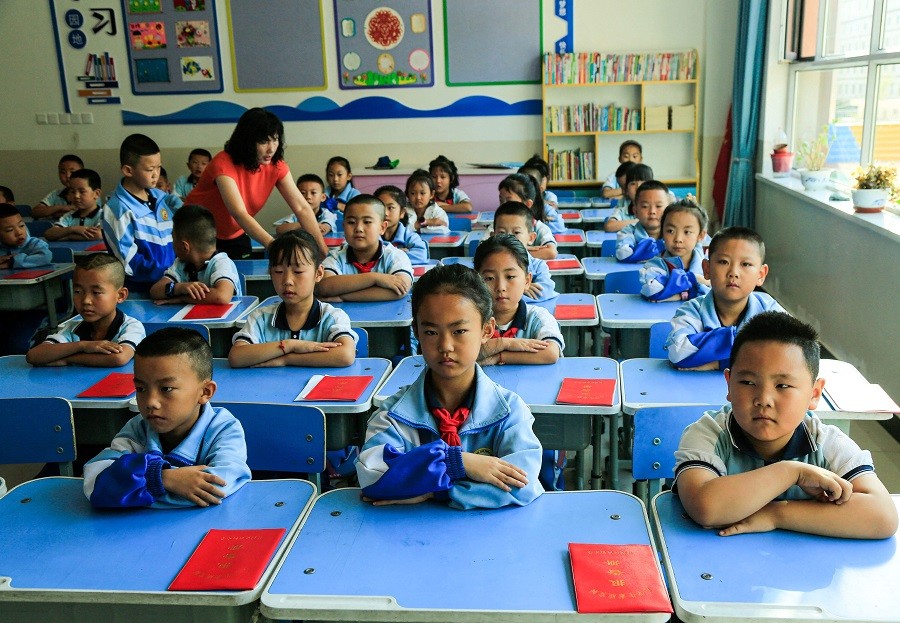China, with its impressive infrastructure development, proudly showcases robust roads, bridges, and intersections. Yet, beneath this facade lies a stark reality: road accidents remain distressingly common. Thousands of lives have been lost each year. However, the official government statistics conceals real picture.
Behind the scenes, China grapples with a dual narrative. Accurate information about accidents and disasters often remains hidden from global scrutiny. The discrepancy between official figures and ground realities is severe.
Consider the annual road accident deaths in China during the decade spanning 2009 to 2019. Official records indicate a range of 55,000 to 67,000 fatalities. Government dataconceals the actual death toll. These unaccounted lives lost linger in the shadows, absent from any official ledger. As we navigate this paradox, it becomes evident that transparency and accountability are critical. Only by acknowledging the hidden toll can we work toward safer roads and a more honest narrative.
On March 19, 2024, a horrifying incident unfolded at Taizhou Vocational Technical College, affiliated with Zhejiang University. A student, recklessly driving a car within the campus premises, caused immense devastation. The high speed vehicle, resulted in the loss of 19 lives, leaving an equal number of students injured. The loss of a significant number of students has cast a pall over the institution, leaving the community in shock and mourning.
However, the Chinese administration’s response appears inadequate, failing to match the gravity of the situation. Questions linger: How did this ill-fated car found its way onto the campus? The college premises strictly prohibit external vehicles, even compelling teachers to park their cars outside the gates. The mystery surrounding the car’s entry remains unresolved, adding to the collective bewilderment.
As investigations continue, the Taizhou community grapples with grief, seeking answers, accountability, and a renewed commitment to safety within their hallowed halls.The regulations governing vehicle access within the campus precincts of educational institutions needs to prioritize student safety. However, the implementation of these rules reveals a complex landscape.
When a vehicle seeks entry onto the university grounds, it must undergo identity registration at the entrance—a safeguard against unauthorized access. Yet, the efficacy of China’s traffic administration remains a point of concern. Despite strides in infrastructure, accidents persist, and thousands suffer injuries or lose their lives each year. The official statistics, however, belie the true toll, shrouded by a veil of opacity.
Corruption permeates various levels of Chinese society, casting a shadow over accident investigations. In many cases, either the incidents got suppressed, or perpetrators receive minimal punishment. The question of accountability looms large. Some accused individuals, shielded by affiliations with the Communist Party, emerge unscathed—a stark reminder of the challenges in achieving justice.
As we grapple with these complexities, a call for transparency, rigorous enforcement, and impartiality echoes across the nation. Only then can we honor the lives lost, prevent future tragedies, and uphold the sanctity of our educational spaces.In the wake of this devastating accident, public scrutiny has intensified. Videos circulating on Chinese social media platforms depict a chaotic scene: bicycles strewn across the road, injured students, and the ill-fated car at the center of it all. However, a closer examination reveals additional collateral damage—the car’s visible marks suggest it may have struck other parked vehicles within the campus parking lot.
As the magnitude of the tragedy sinks in, a lot of questions rise, demanding transparency and accountability. On March 19, distraught and angered parents of the injured students converged outside the Taizhou hospital. Their grievance? The provincial government’s alleged attempts to suppress the incident.
The heart-wrenching queries reverberate: How were the bodies of the deceased children removed from the hospital without parental consent? Why were they dispatched directly to the crematorium? The community demands answers from the police, hospital, and university – a chorus of voices seeking justice for their lost loved ones.
The untimely deaths of two students within a mere three days at a middle school in Luliang County, Shanxi Province have ignited a firestorm of concern. Parents of the deceased, along with hundreds of concerned citizens, gathered outside the school gates, demanding answers from the administration. Curiously, Chinese media outlets have maintained an unsettling silence on this matter.
As news of the tragedy spread across the internet, netizens expressed their anger and frustration. The school administration’s alleged negligence has drawn widespread condemnation. Online forums buzz with questions, as netizens seek accountability and justice for the lost lives.
On March 14, during a physical education class, a student collapsed while running on the track. Shockingly, the teacher failed to attend to the unconscious student for a critical 20 minutes. Tragically, this delay proved fatal, and the student lost his life.Just two days after this, another student tragically took his own life by ingesting a large quantity of sleeping pills during class. The shockwaves from these two deaths have left parents gripped by fear and terror.
On the evening of March 16, anguished parents and concerned citizens gathered outside the school gates, brandishing banners that read, “Give me back my child.” Their grief and anger were palpable. They directed their questions squarely at the school administration, demanding answers from the school director. Remarkably, neither the school nor the provincial government has responded to this heart-wrenching situation.
Chinese schools grapple with a range of issues—from student suicides driven by academic pressure to administrative lapses and recurring accidents. The Education Ministry’s policy gaps hinder discipline enforcement and administrative strengthening. Consequently, foreign student enrollment in China’s educational institutions has dwindled in recent years.

Leave a Reply